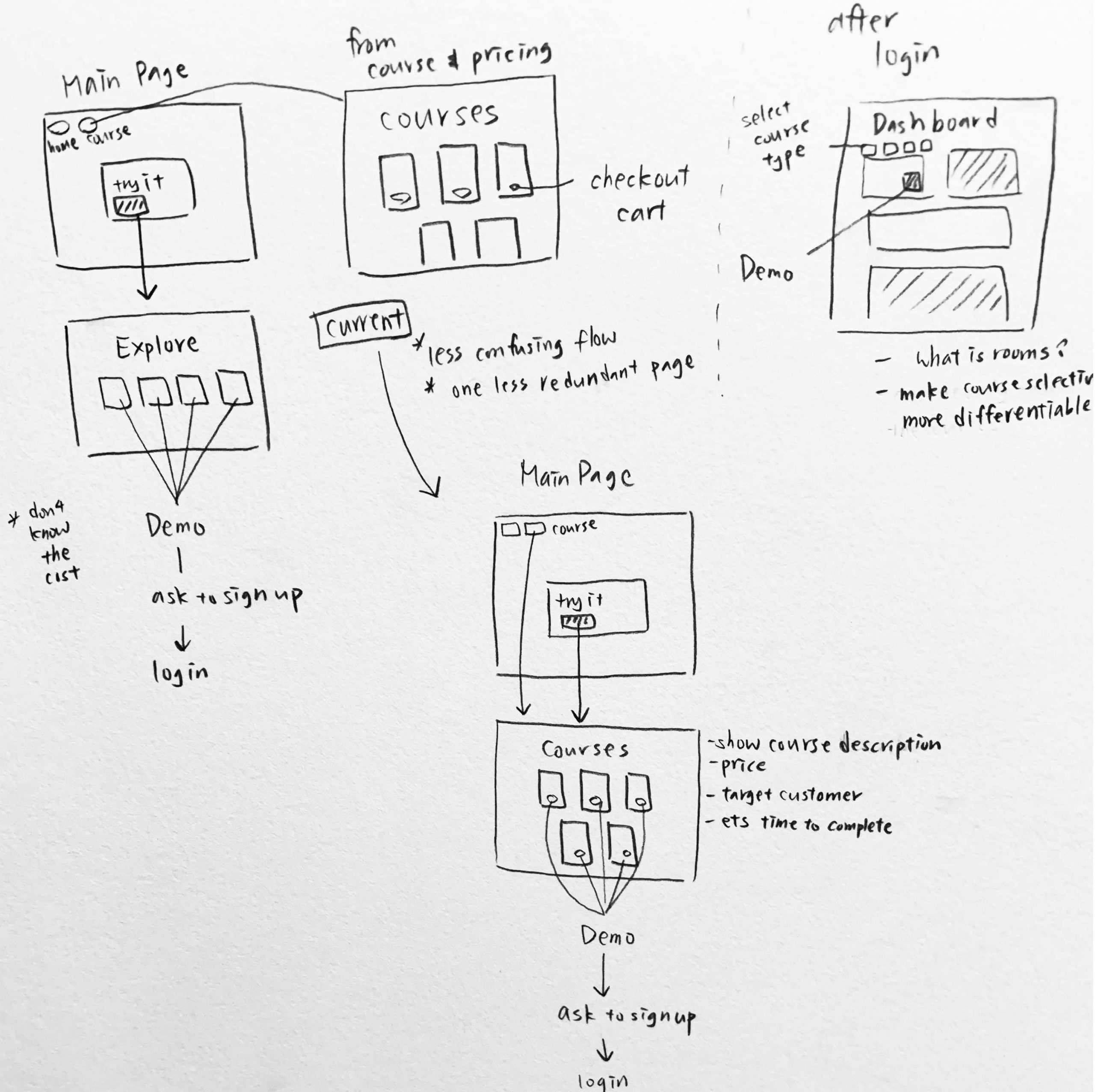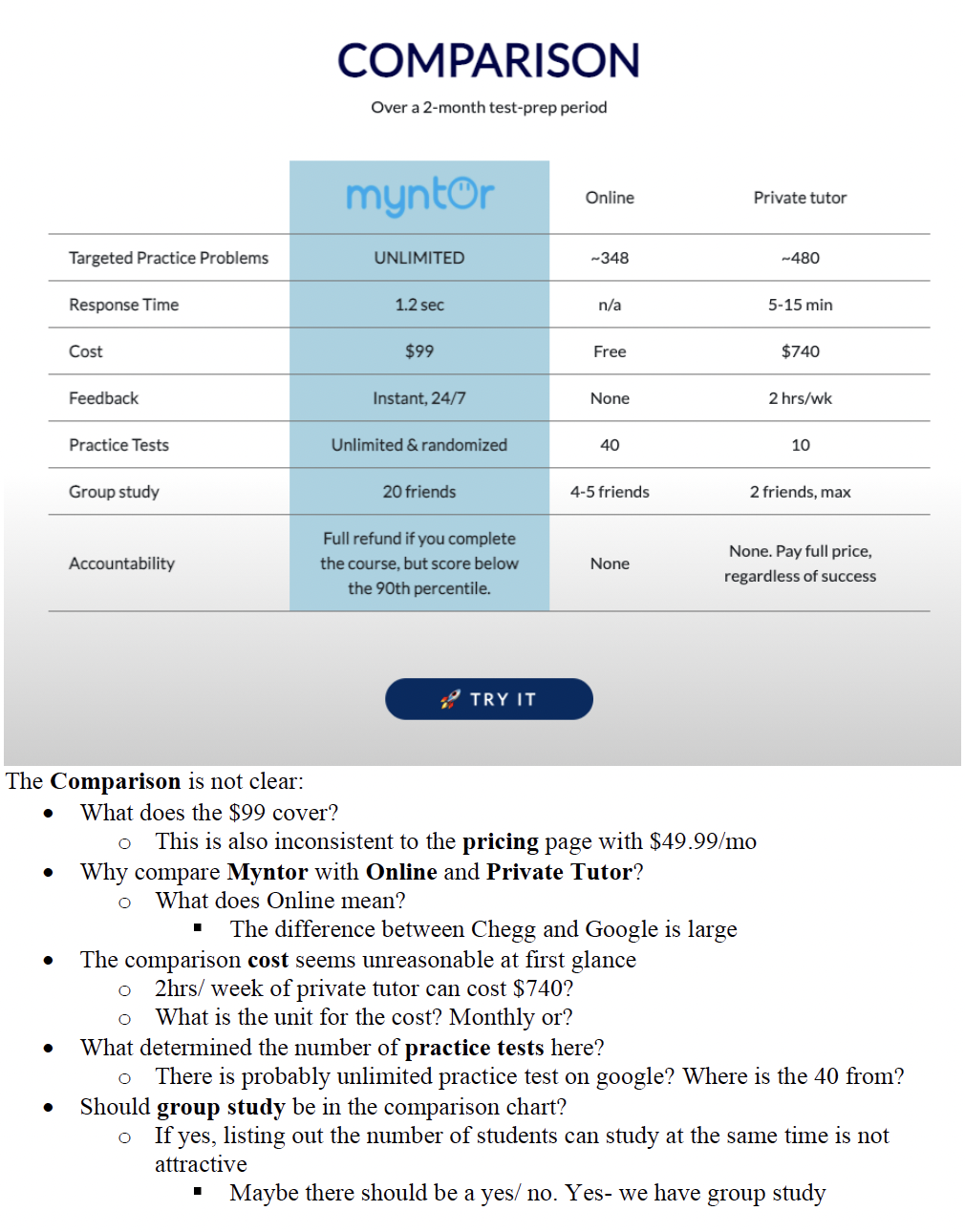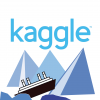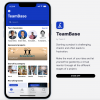Myntor

Project Overview
Myntor builds online courses that help students outperform traditional classes by answering questions instantly using conversational AI. It is a pre-seed stage startup with four full-time employees, including Nate Poon, who founded the company in 2020 with a Ph.D. background in Mechanical Engineering from UC Berkeley.
With a UX consultant role in this project, I am interested in improving user experiences, studying user behaviors, and gaining early phase startup experiences. Collaborating with Michael Fogarasi, the Director of Product at Myntor and MBA candidate at UC Berkeley, Hass School of Business, exposed me to the day-to-day life of a startup.
My Role in the Project
Since Myntor is an early phase startup, the product went through iterations rapidly. Though I am not involved in the decision-making processes to update the features, it allows me to be creative and experimental with various approaches to conduct usability testing. I see the first-hand impacts of how versions of updates on a feature improved or failed through interacting with users. This valuable experience is very different than my academic background and opened my door to combining academia with practical applications in the industry.
Myntor provides me a chance to tackle real-world problems to close the gap between students in wealthier families and lower socioeconomic statuses. It creates equal access to tutors for High School students using conversational AI technology. It is exciting and amazing to be part of those who improved the product and benefited countless users. This unique opportunity challenges me to step outside of my comfort zone, discover ways to leverage and utilize resources, and most importantly, confirm my interest to pursue further education in Human-Computer Interaction.
USER EXPERIENCE
I performed several stages of in-depth useability testing where I observed the participants navigate and interact with all the platform’s features. I recorded the navigation flow and the behavior of the participant at different sections of the platform. My primary goals are to improve the overall impression of the website and the free demo experience. These are the key factors that directly influence users to transition from free to paying customers. Based on the data collected through useability testing, the platform is updated with an enhanced user-friendly structure.
Examples of the things I learned:
1. Without a “demo” on what Bumblebee (conversational AI) can do, users have trouble interacting with it.
2. Homepage with dense information may seem unattractive.
3. Everyone came from various backgrounds, providing functions to turn on and off closed captioning in video increases user-friendliness.
4. The group chat feature takes place in the same window as Bumblebee. Though it is visually appealing, it causes users to interact less with Bumblebee.

Investigate in the realm of UI writer and inspect concepts with a content strategist’s view [Right].

Final Remarks
I leveraged the Berkeley Alumni network and consulted User Experience Researchers working in the industry through LinkedIn. With their expertise and advice, my next step will be creating scenarios for the usability testing of the free demo. Structured usability testing is critical for Myntor’s development as it allows quantitative analysis of human behaviors in a semi-controlled approach. The development of paper prototyping is also considered for the general testing features that govern the website’s user flow and overall functionality. This iterative process and the inductive learning method maximized potential outcomes and proficiency gained through each cycle.


